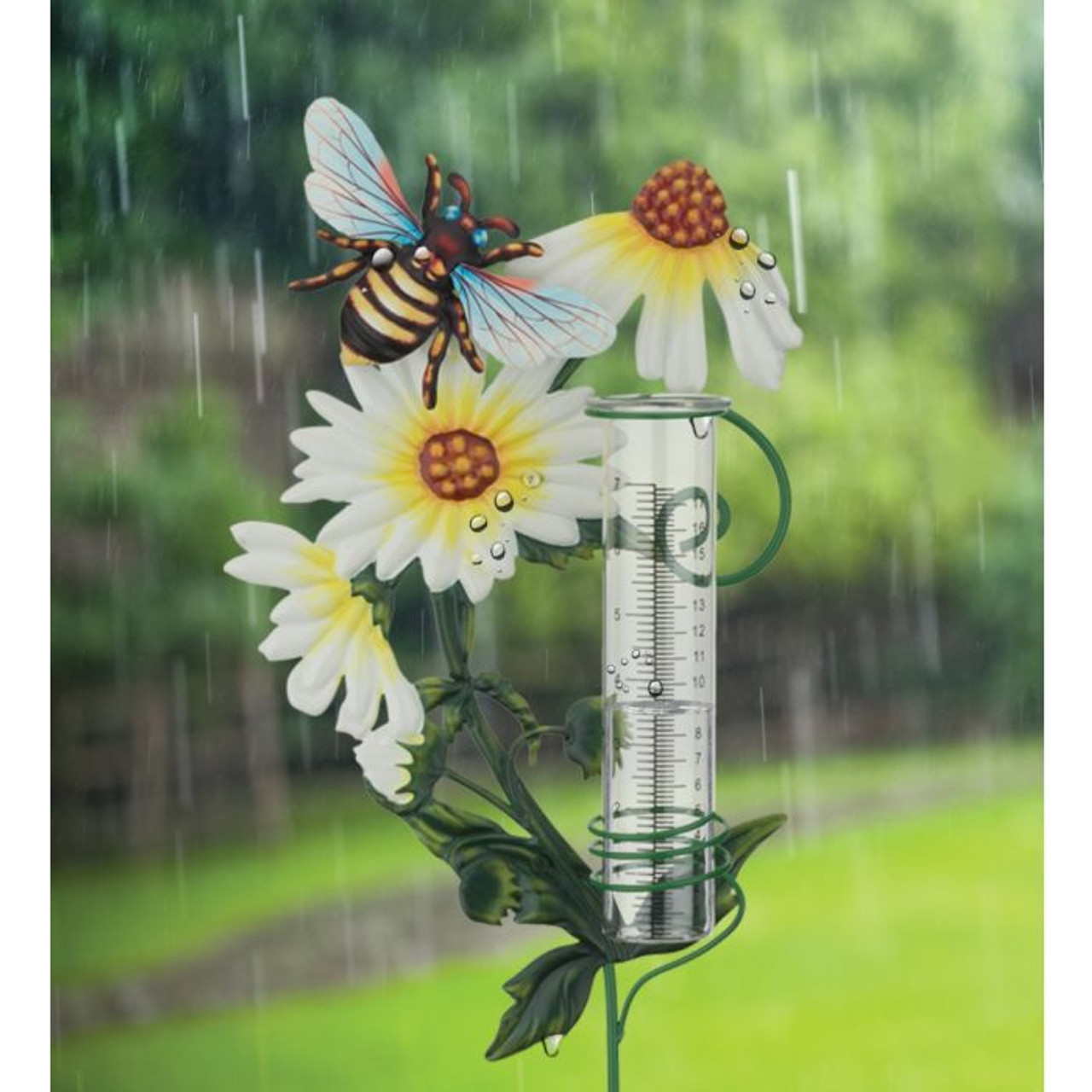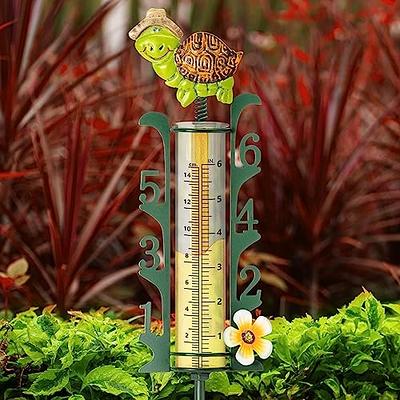The Rain Gauge: Necessary Details and Best Practices for Weather Condition Lovers
The Rain Gauge: Necessary Details and Best Practices for Weather Condition Lovers
Blog Article
DIY Rainfall Gauge: Basic Actions to Make Your Own
Producing your own Do it yourself rain gauge is a reliable and basic method to determine and record precipitation. With simply a couple of typical products and some basic actions, you can quickly build your own rain gauge at home. Let's get started on making your Do it yourself rainfall gauge today!
Gather Materials
To begin building your DIY rain gauge, collect all the required products utilizing an extensive checklist of things. Having the right materials on hand will certainly make certain the successful development of your rainfall scale and enable for exact dimensions of rains. Collecting these materials beforehand will enhance the construction procedure and ensure that you have every little thing you require to produce your own Do it yourself rainfall scale.
Prepare the Container

Mark the Measurement Increments
To properly measure the quantity of rains, properly noting the measurement increments on your do it yourself rainfall scale is necessary. Without clear and accurate markings, it would certainly be difficult to figure out the specific amount of rainfall gathered in your rainfall gauge. Right here are the steps to note the dimension increments on your rain scale.
The most usual devices for measuring rainfall are inches and millimeters. Once you have chosen the system, use a long-term marker or waterproof paint to mark the increments on the side of your rain gauge.
When marking the increments, it is necessary to guarantee that they are equally spaced and plainly visible. Use a leader or measuring tape to guarantee accuracy and uniformity. Additionally, make certain that the markings are immune to fading or abrading, as direct exposure to the components might create them to weaken with time.
Location the Rainfall Scale Outdoors
The rainfall scale should be positioned outdoors to accurately collect rainfall data. The area picked click to read more for the rainfall gauge ought to be open and free from any kind of blockages that can potentially influence the dimension of rainfall. The Rain Gauge.
In addition, it is crucial to place the rain gauge on a secure surface, such as a level ground or a tough post. This will certainly protect against any activity or tilting of the scale, which could bring about imprecise measurements. It is additionally suggested to prevent putting the scale near any kind of resources of man-made water, such as sprinklers or water drainage systems, as this could disrupt the accuracy of the dimensions.
Display and Record Rainfall Information
Routine monitoring and recording of rains data is essential for exact data evaluation and interpretation. By tracking rainfall measurements, you can get beneficial insights into climate patterns, climate patterns, and water source monitoring. To effectively keep an eye on and videotape rains information, it is essential to establish a routine and maintain consistent techniques.
To start with, make sure that your rain gauge is positioned in an open area away from obstacles such as trees or structures that may block rains. In addition, see to it the rainfall gauge is degree and firmly secured to stop any kind of motion that can impact the accuracy of the measurements.

When recording the rainfall data, it is necessary go to website to keep in mind the day and time of each measurement. Use a ruler or a measuring adhere to determine the rainfall depth in the rain scale, and record this details precisely.
To make certain the precision of the dimensions, try this out it is recommended to empty the rainfall scale after each recording. This will avoid any overflow or dissipation from impacting subsequent dimensions.
Verdict
To conclude, developing a DIY rainfall scale is a basic and practical way to monitor and videotape rainfall information (The Rain Gauge). By complying with the actions outlined in this article, you can easily collect products, prepare the container, mark the dimension increments, and position the rain gauge outdoors. Consistently checking and tape-recording rains data can offer beneficial information for various functions
Having the right materials on hand will guarantee the effective production of your rainfall gauge and enable for precise dimensions of rains.To accurately gauge the amount of rains, accurately noting the measurement increments on your Do it yourself rain scale is essential.The rainfall gauge ought to be put outdoors to properly collect rainfall data. The place picked for the rain gauge ought to be open and free from any kind of blockages that might potentially affect the measurement of rains.In conclusion, producing a DIY rain scale is a basic and functional means to keep track of and videotape rains data.
Report this page